Description
Dan Cong Hong Cha (单枞红茶) is a red/black tea that comes from a tea garden of Master Huang located near Tianliao Village in the Phoenix Mountains at an altitude of approximately 600 metres. It is hand picked from the local Mi Lan Xiang cultivar trees that are about 30 years old. It produces a light yet complex liquor with wild honey notes and a tangy fruity aftertaste. This is a spectacular showcase of a Hong Cha from the Phoenix Mountain terroir, made from leaves normally reserved for Dan Cong Oolong. This current batch was harvested and processed in March-April 2021.
You may be interested in our other Dan Cong teas from Master Huang, which are available in our usual packaging or in two tea flight boxes that contain 6 different teas each.
This Hong Cha (red tea according to Chinese classification; black tea according to the Western one) is a masterfully crafted tea. It showcases the best style of Hong Cha from China, while also delivering a unique Phoenix Mountain touch. This Dan Cong Hong Cha is specifically picked from Mi Lan Xiang cultivar trees, which are plants that have been selected through cuttings from original Shui Xian (水仙) cultivar trees. Most Dan Cong cultivars have a long history going back, sometimes to just one single mother tree. As these have not been ‘developed’ by plant breeding or research stations, there is no standardisation. But as these plants are propagated by cutting, the descendant trees bear most of the features of the parent trees. This has allowed careful selection process to occur over time, which allowed for the desired plant’s features to pass to the newly planted trees. Normally these would be utilised to produce Dan Cong Mi Lan Xiang Oolong, but here Master Huang crafted a rather special Hong Cha with some fantastic results!
The leaves of this Dan Cong Hong Cha still have a dark colour and a classic Dan Cong twisted appearance. The wet leaves and the liquor give off an aroma of honey and malt with a touch of baked notes. The amber liquor is bright and clear with a smooth taste. The predominant wild honey flavour has notes that are malty, lightly mineral, sweet, fruity and a touch floral. These give way to a tangier mineral aftertaste with a hint of lychee fruit. The finish is soft and clean, without any harshness or astringency. In many ways this is closer to a fine very dark oolong! But at the same time this is a very special showcase of a top quality Chinese Hong Cha from a somewhat unusual terroir and material.
Brew western style, just as our Dan Cong Oolong teas, at 90°C for 3 minutes 3+ times. For best results we highly recommend gongfu style brewing. For gongfu, we recommend using traditional glass or ceramic teaware or a gaiwan. Or you can use your favourite yixing or chaozhou tea pot that already performs well with Dan Cong teas. Make sure to preheat all teaware thoroughly. Use water brought to 100°C and a very high tea to water ratio of 1g per 10ml. We find anywhere between 7g (more conventional gongfu) and 10g (more local chaozhou gongfu style) per 100ml to be a good measure, depending on your taste. As an alternative visual guide, your brewing vessel should be about 75% full with leaves. Start with 10 second infusions for the first 4 infusions. Then start slowly increasing the infusion time after that. You can adjust the quantity of leaf and infusion time to your taste, however the bittersweet complexity that comes through when using the traditional method is very much a desired feature in Chaozhou.
This Dan Cong Hong Cha black tea was featured in our December 2021 Curious Tea Subscription Boxes.
Location of the conventional tea garden of Master Huang:
About our Dan Cong oolong teas from Master Huang.
Master Huang is an expert tea maker and has two gardens (one fully organic and one conventional) growing various varieties of Dan Cong trees. The organic tea garden is located in Gaoyuan Village (高原村) where the trees are approximately 15 years old. This garden is certified organic to EU and USDA standards. The conventional garden is located in Tianliao Village (田寮埔) where the trees are older, with most of them being approximately 30 years old. Both gardens grow a wide variety of Dan Cong cultivars used in making various traditional oolong teas. All trees are only handpicked, with most being picked in April; although the full picking season extends from March to May.
Dan Cong oolong undergoes a complex processing after picking, which starts off with withering in the sun on bamboo screens for 20-30 minutes, generally between 15:30 and 17:30 in the afternoon when the temperature is around 22-28°C. After the initial withering in the sun, the tea is brought indoors and allowed to cool in a well-ventilated place that results in reduction of moisture in the leaves, while increasing the aroma and flexibility of the leaf. This is then followed by a process known locally as ‘touch green’ (peng qing 碰青) where the tea leaves are shaken together to induce cell bruising of the edges of the leaves and achieve light oxidation. This process is done both by hand and mechanically with machines, usually at least 5 times and is repeated every two hours. In between each repetition the leaves are allowed to rest, promoting loss of water, increase in temperature and softening of the cells. Once the desired bruising and moisture reduction has been achieved, the leaves are pan-fried for about 15 minutes to stop oxidation. The leaves then undergo rolling to achieve the classic twisted Dan Cong shape. The rolled leaves are then dried to remove any residual moisture left.
Finally and most crucially the tea undergoes a roasting process, which is the main contributing factor to the variety of Dan Cong flavours. While of course the choice of the cultivar, the picking time and standard and initial processing all play a role in the final taste, the roasting process is really what brings out the wonderfully diverse flavours of Dan Cong teas. The roasting process differs for each tea and some will be more heavily roasted while others will go through a low level of roasting. Generally, the temperature is 90-110°C and the first roasting stage is about 2 hours. The second and third baking would be around 12 hours or more. Each batch of tea would be baked differently in order to achieve the desired outcome. Hence the skills and knowledge of the tea master are paramount in achieving the perfect flavour.

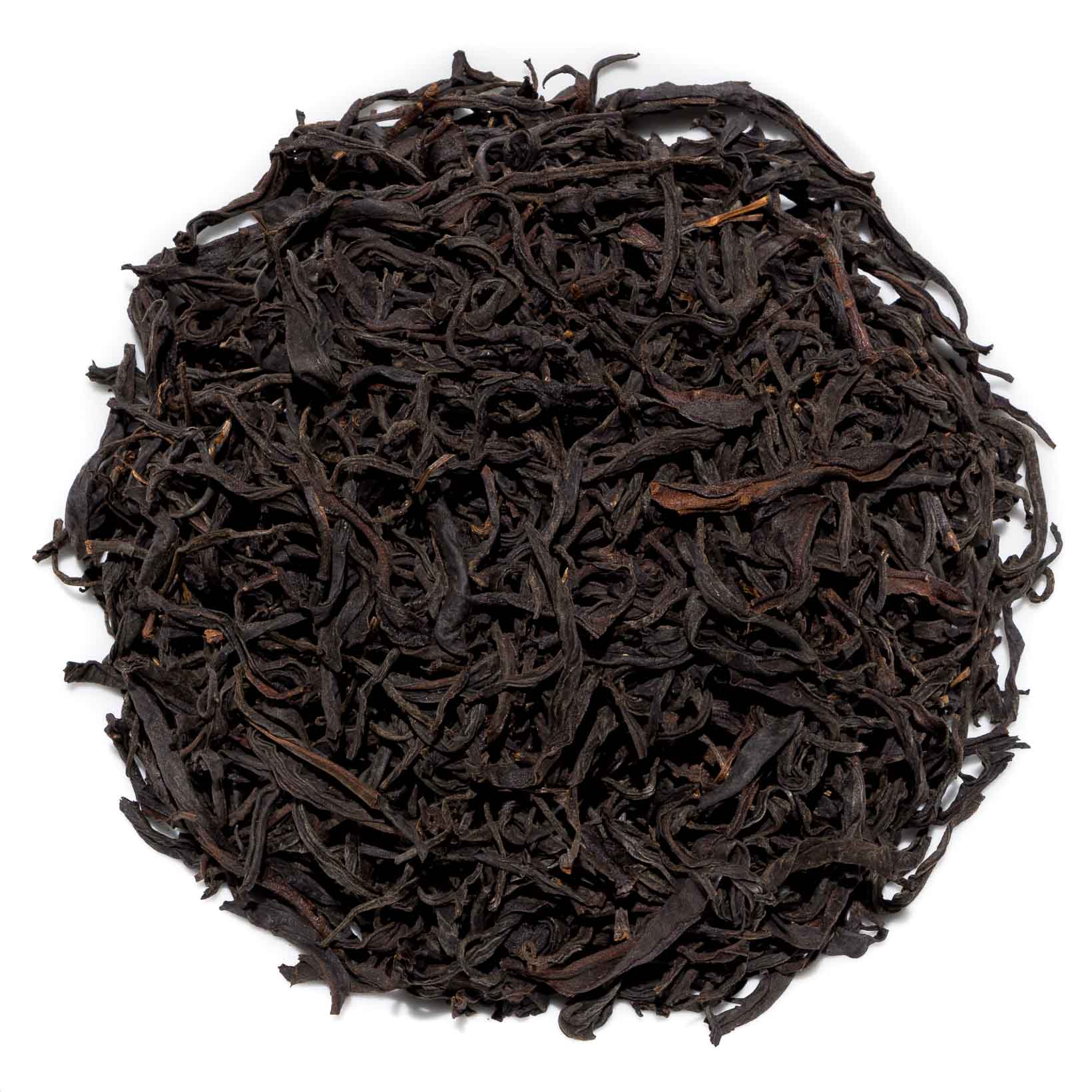
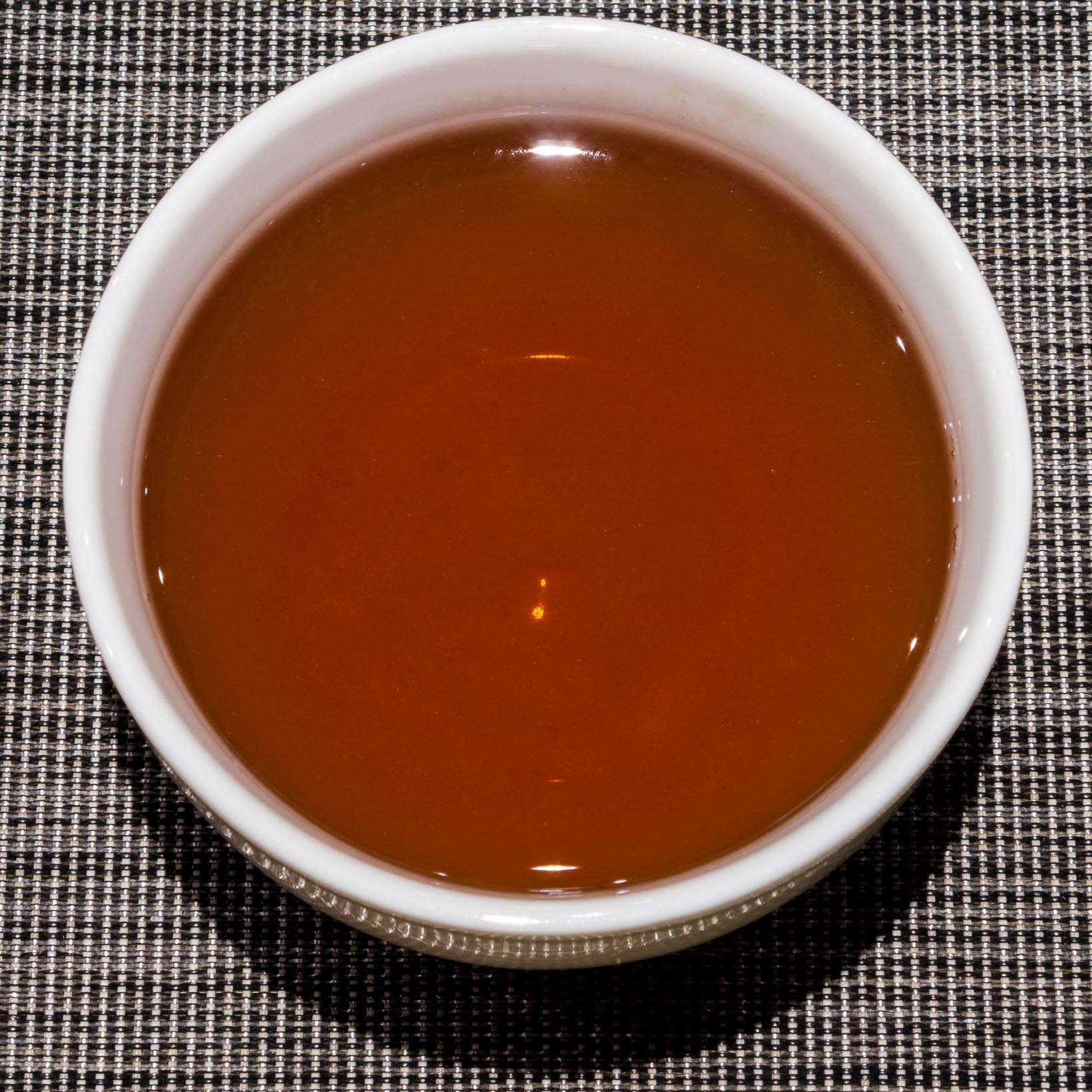

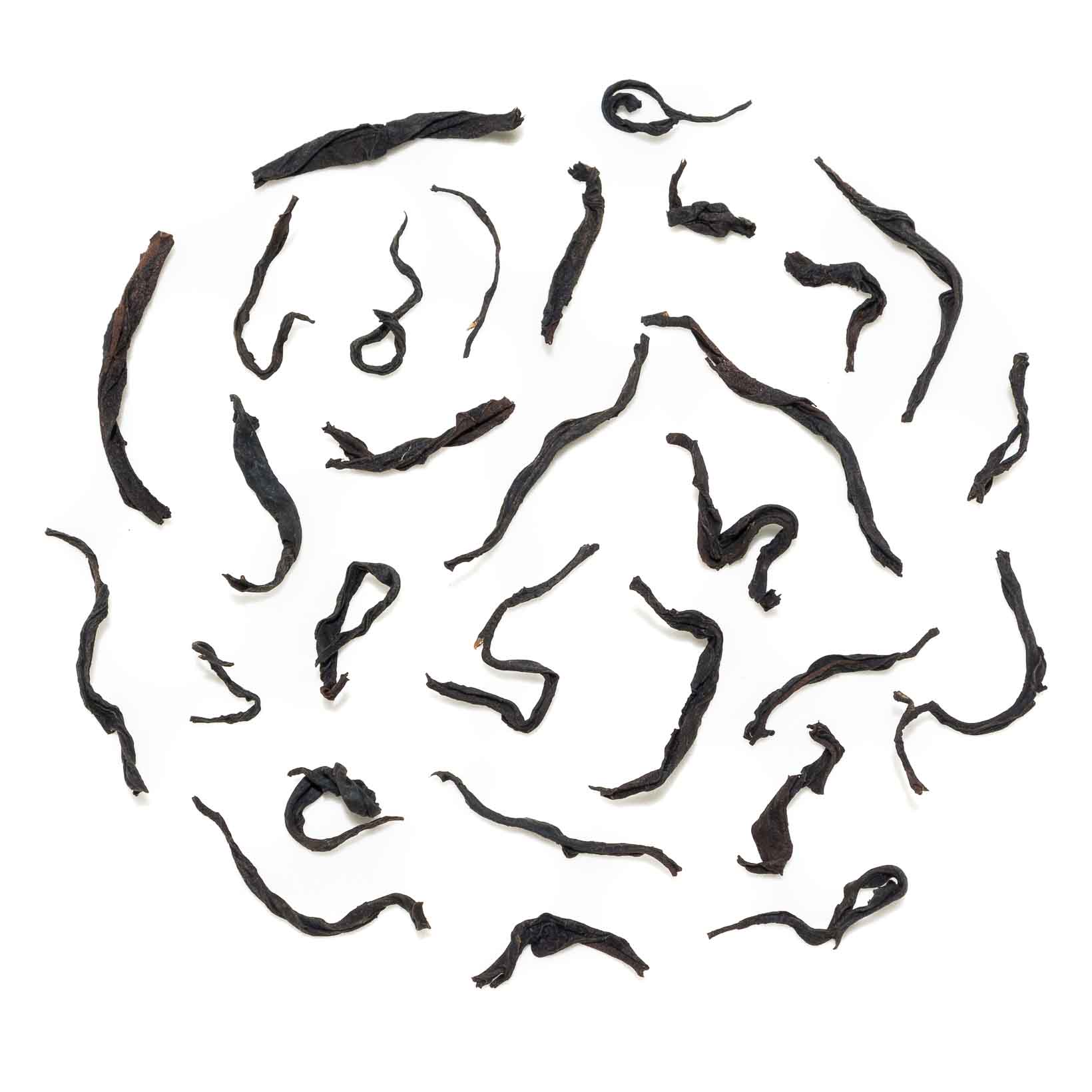
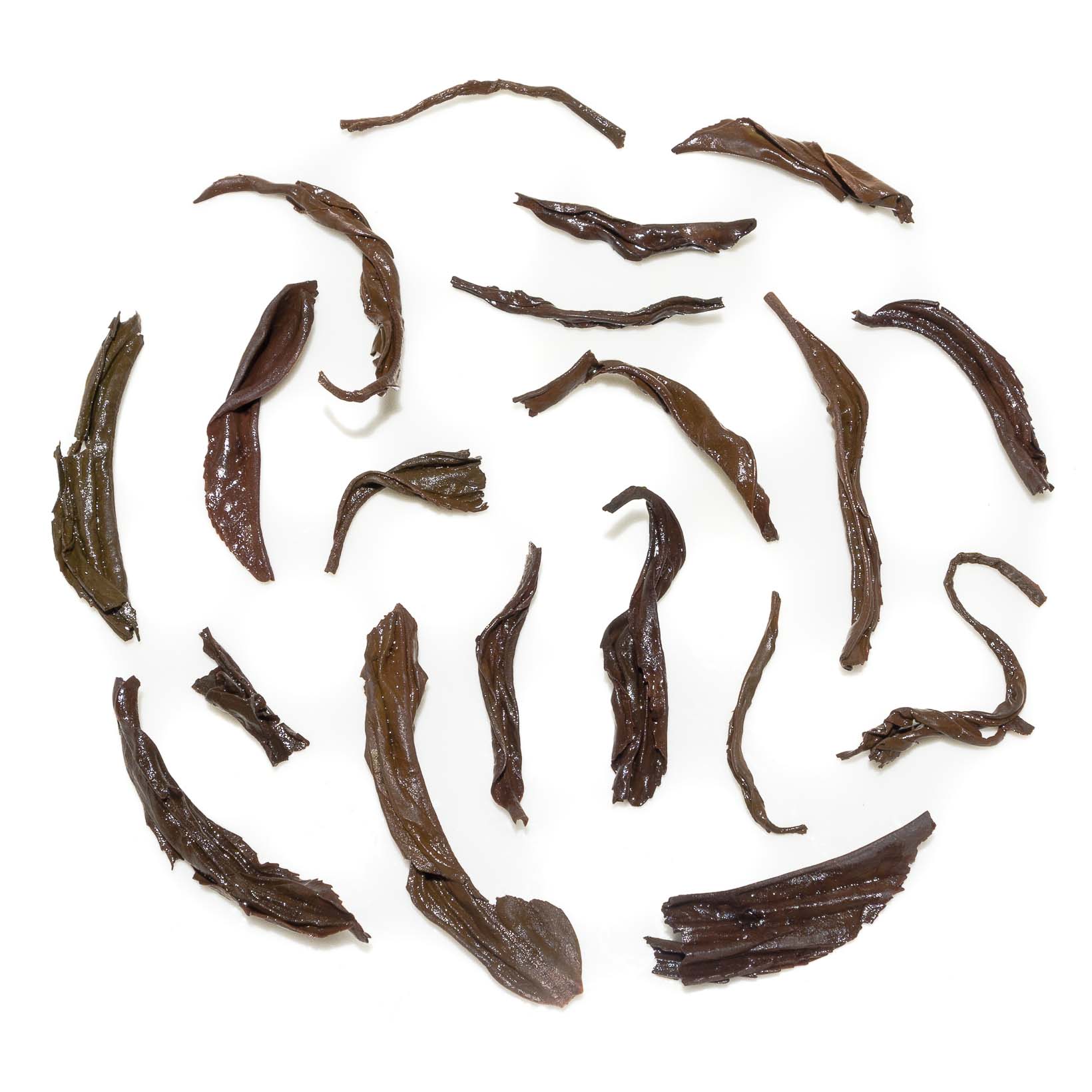
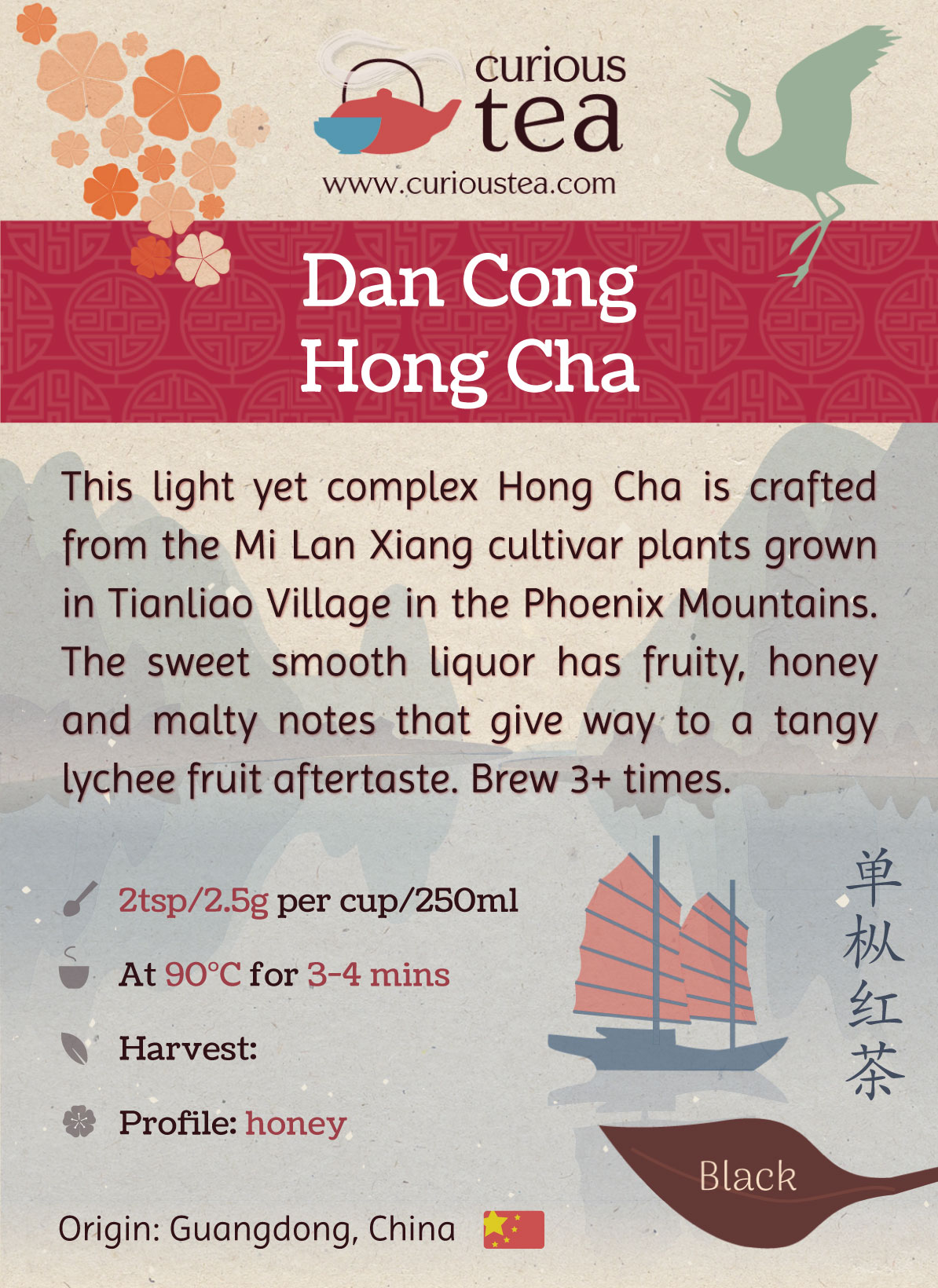
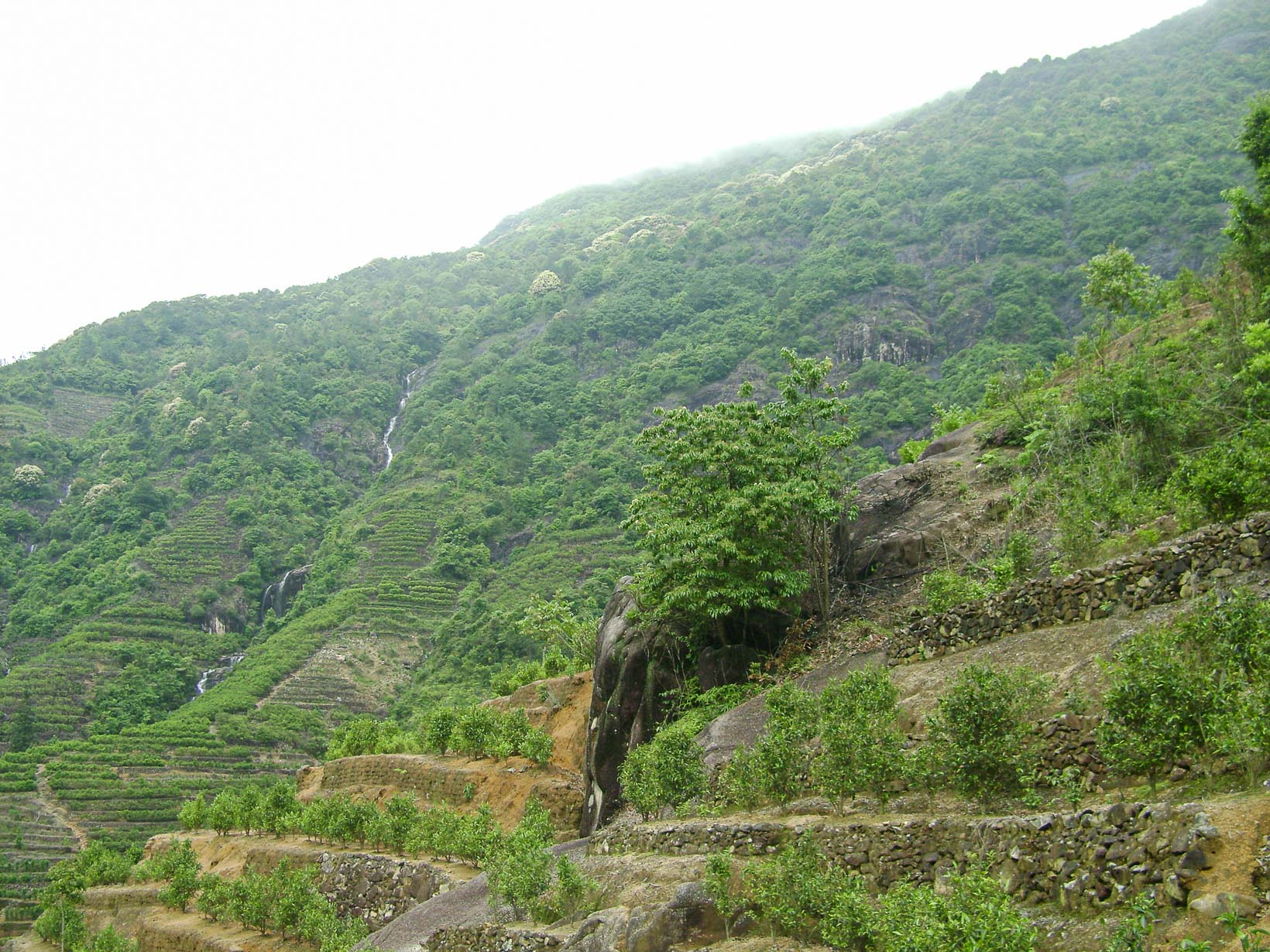
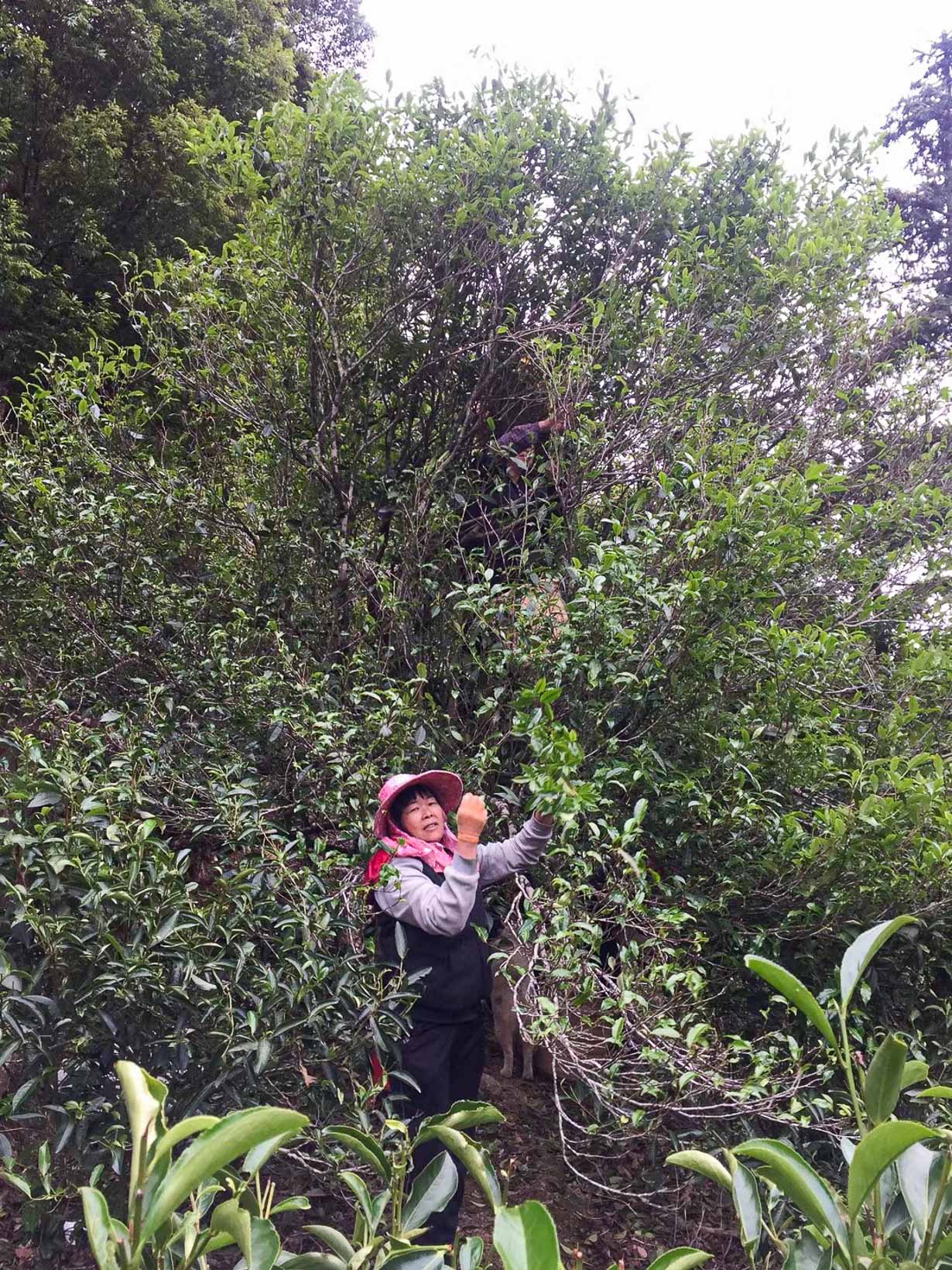
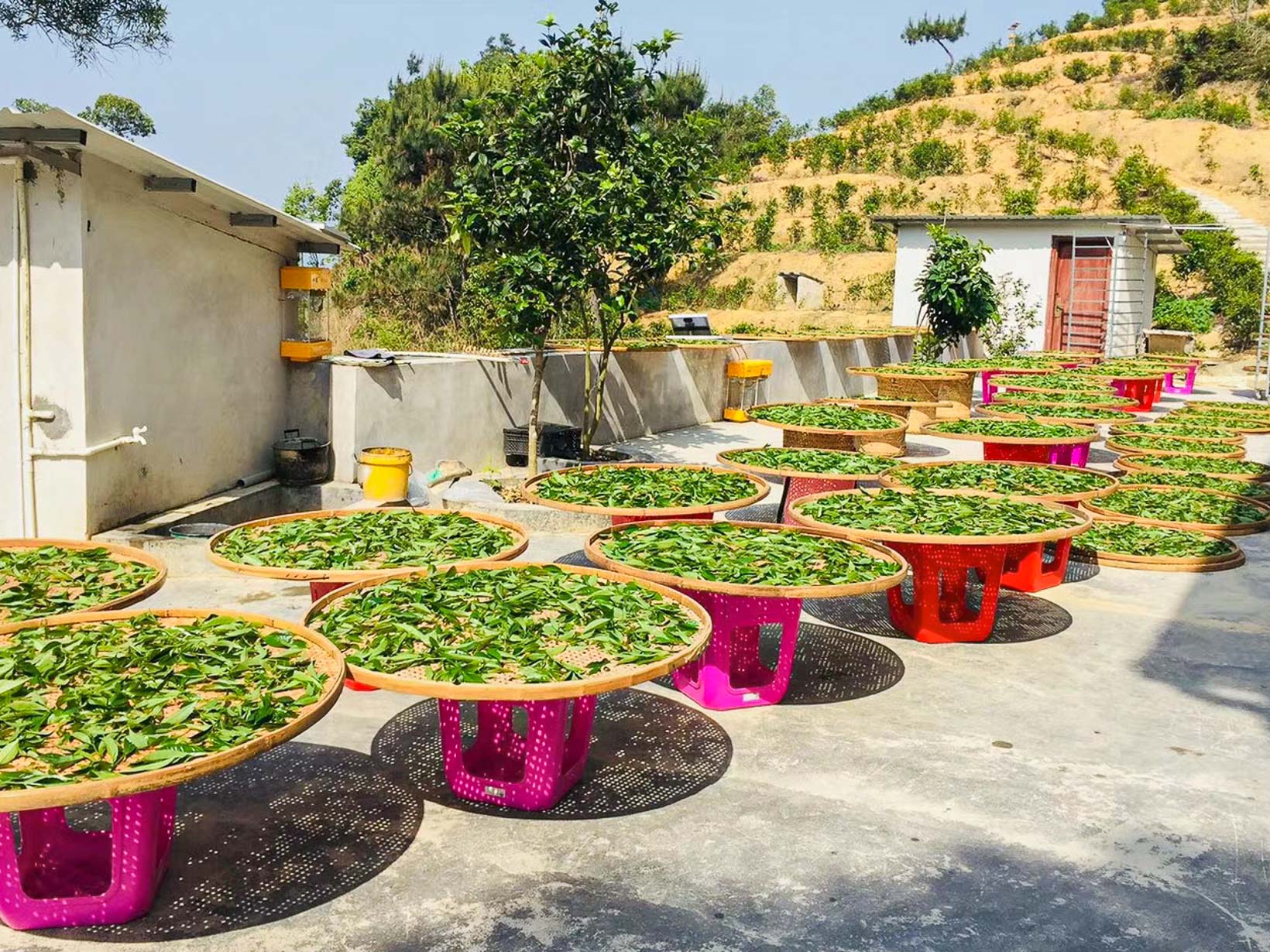
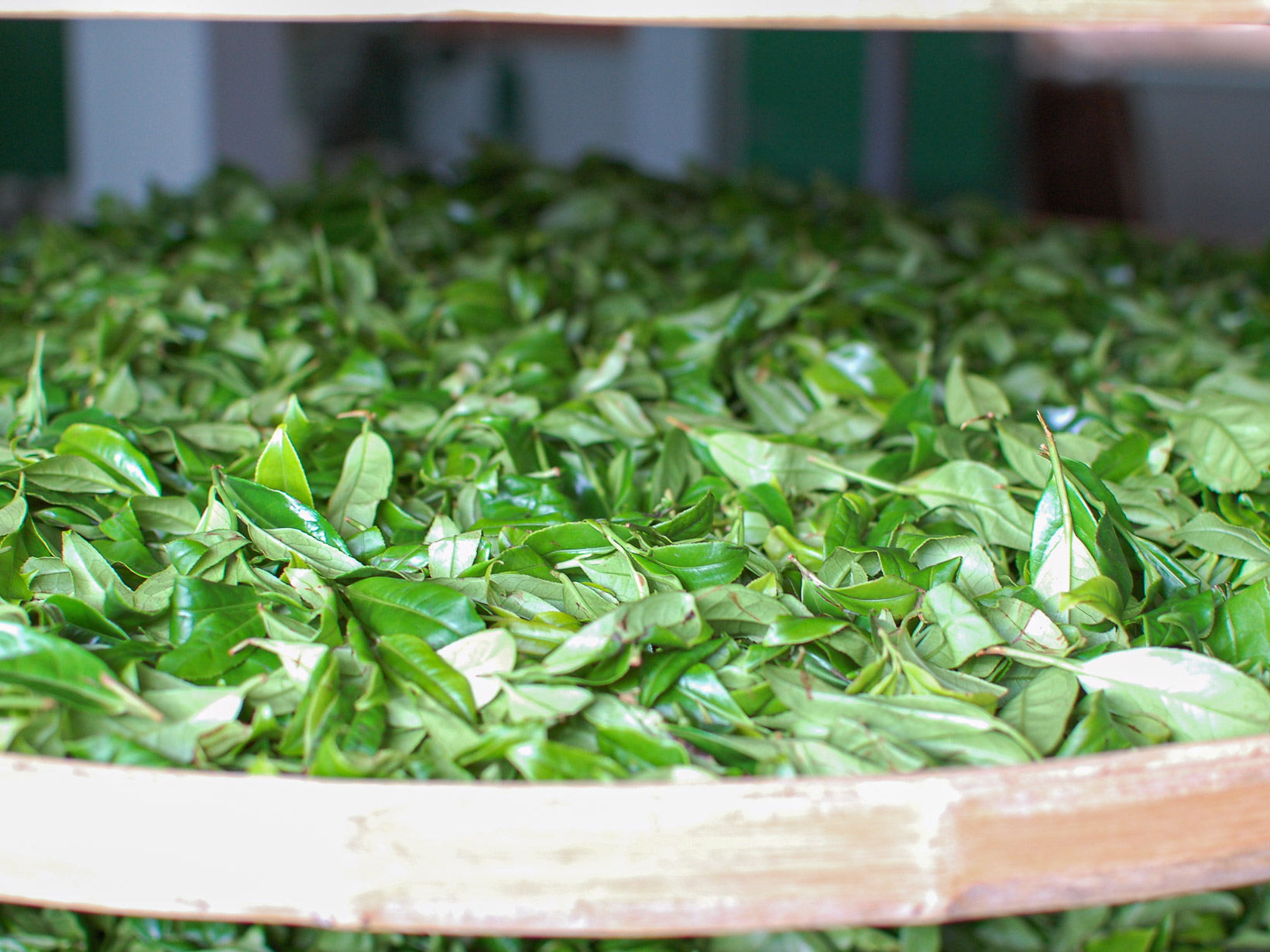
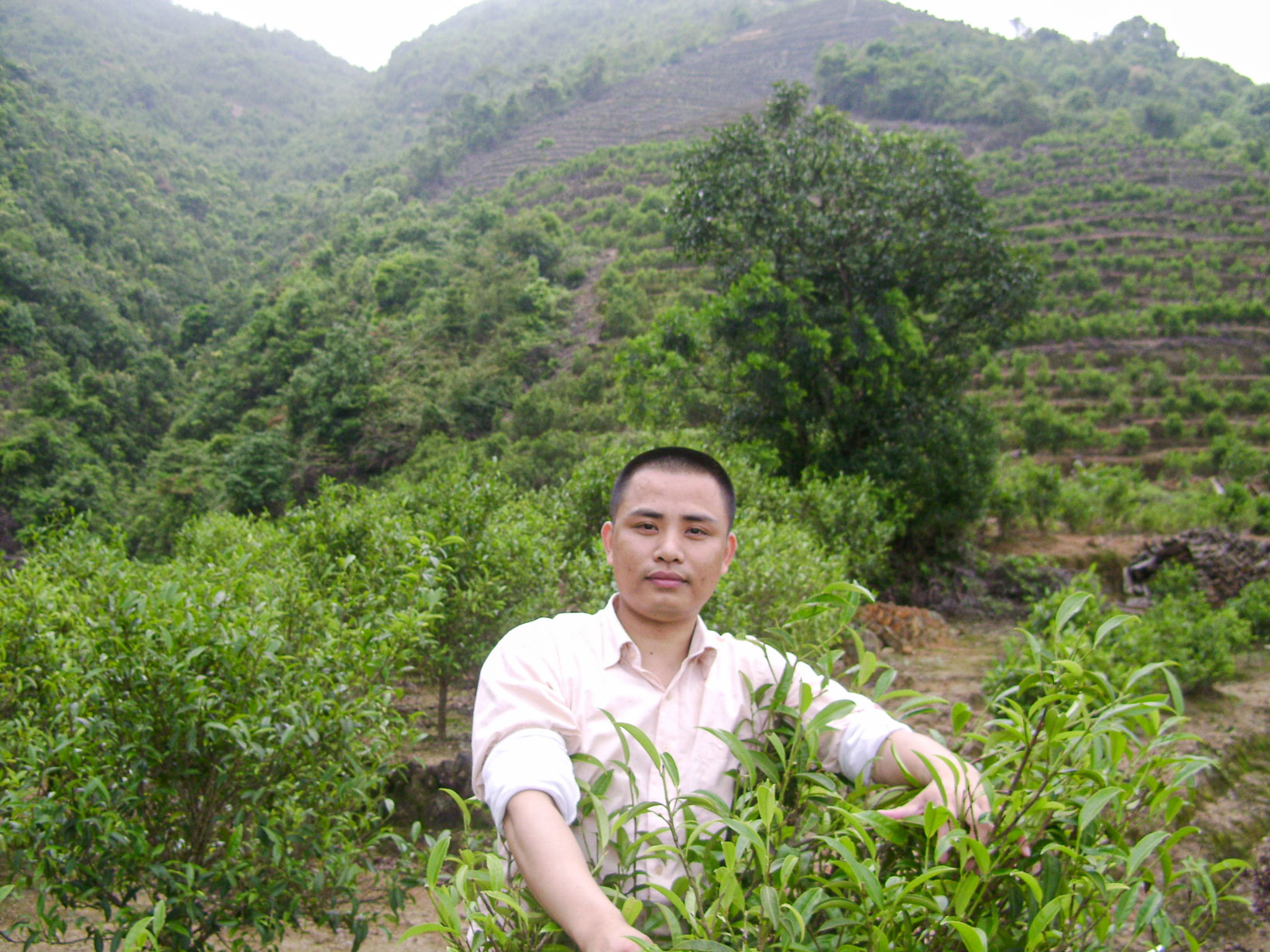
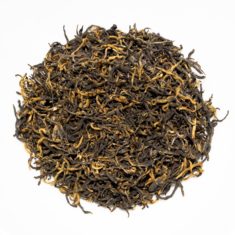 Chinese Black
Chinese Black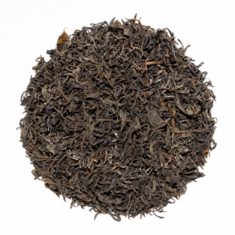 Korean Hwangcha
Korean Hwangcha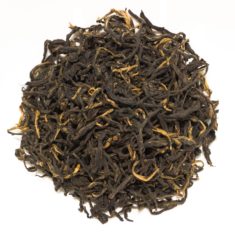 Chinese Black
Chinese Black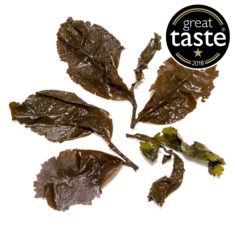 Taiwanese Black
Taiwanese Black